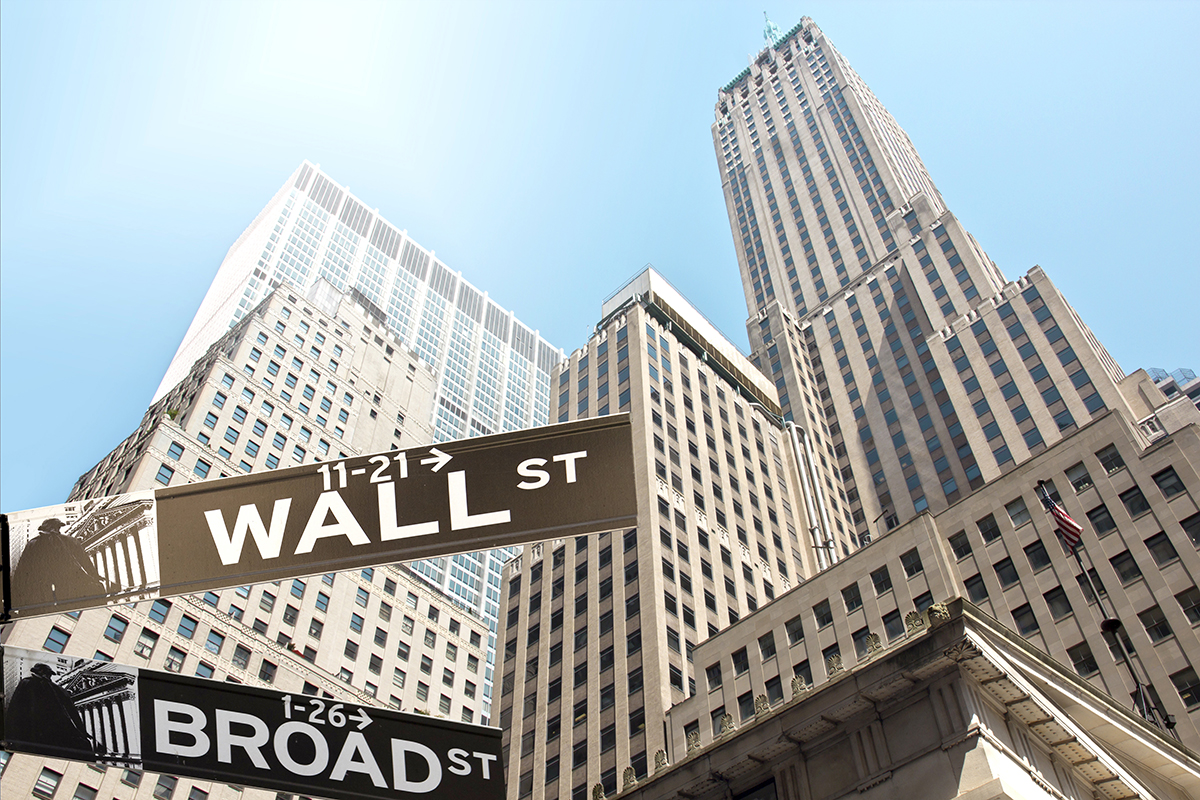Monday saw Wall Street trending upwards in anticipation of reports that will measure the vigour of U.S. consumers. There’s optimism that continued consumer spending might avert an economic downturn.
By midday, the S&P 500 had climbed 0.4%, returning from an initial dip. The Dow Jones stood marginally higher, increasing by 8 points to reach 35,289 around noon Eastern time, while the Nasdaq saw a rise of 0.6%.
U.S. Steel caught the market’s attention with a significant 30.7% surge. This follows their weekend announcement rejecting a takeover bid from Cleveland-Cliffs and entertaining other potential offers. Cleveland-Cliffs’ stock increased by 8.5% upon revealing its more than $7 billion cash and stock proposal for U.S. Steel, emphasizing readiness for immediate action.
On the downside, Nikola’s stock plummeted 9.3%. The eco-friendly truck manufacturer recalled over 200 electric trucks after findings hinted at a battery component causing a previous fire, contrary to initial suspicions of sabotage.
Overall, the market portrayed a subdued demeanour. After an impressive 19.5% climb in the year’s first seven months, the S&P 500 has since pulled back by 2.3% in August. Observers believed such a downturn was inevitable, suggesting Wall Street’s premature optimism about inflation waning and recession avoidance.
The resilient job market has bolstered consistent consumer spending, a cornerstone of the economy. The upcoming Tuesday will showcase the U.S. government’s retail sales update, with economists forecasting an acceleration to 0.4% in July from June’s 0.2%.
Major retail giants like Home Depot, Target, TJX, and Walmart are set to disclose their profits for the second quarter this week, marking the conclusion of the spring earnings season.
Inflation has somewhat relaxed since its zenith last summer but continues to burden every income bracket. With rising interest rates inflating credit and loan costs, challenging times may be ahead. Pandemic savings are dwindling, and looming student loan payments are additional burdens.
Deutsche Bank economists predict a potential dip in consumer spending in the year’s final quarter, foreseeing a mild recession into mid-next year. However, the unexpected robustness of U.S. consumers so far offers hope against a downturn.
Wednesday will spotlight the Federal Reserve’s recent meeting minutes, which excited the primary interest rate to its peak in over 20 years. Wall Street hopes this may be the last such hike, with future actions geared toward rate reductions.
Market predictions lean towards a steady rate in the Fed’s upcoming meeting, with some speculating rate cuts early next year. Yet, Goldman Sachs economist David Mericle feels this could be too hopeful, anticipating rate cuts only by spring 2024.
In bond news, the 10-year Treasury yield remained stable at 4.16%, influencing mortgage and loan rates. Meanwhile, the two-year yield, more reactive to Fed’s moves, rose slightly.
Internationally, European stocks were inconsistent, while Asian markets mostly dipped, with China’s fragile economic resurgence being a focal point for investors.
Wall Street remains watchful as the global financial landscape sees a confluence of varied economic signals. The week ahead promises significant revelations, from retail performance to interest rate speculations. Investors worldwide wait eagerly, hoping for signs of stability and growth in an ever-evolving market scenario.







